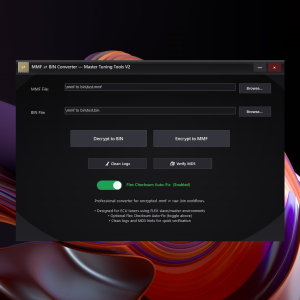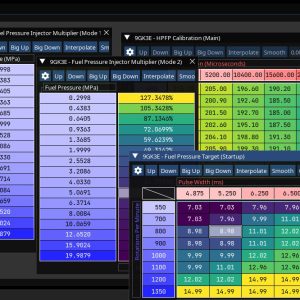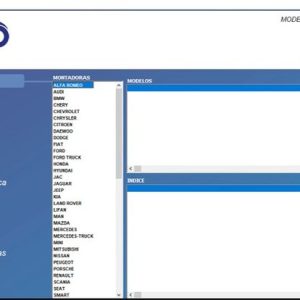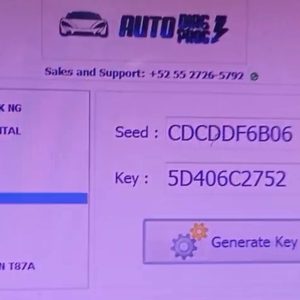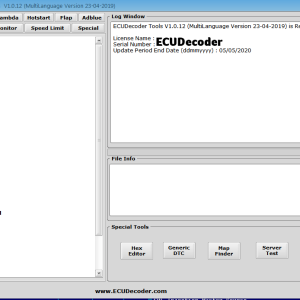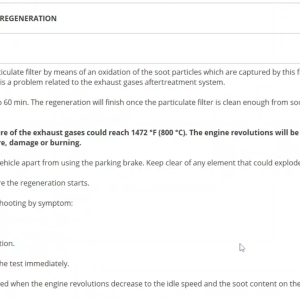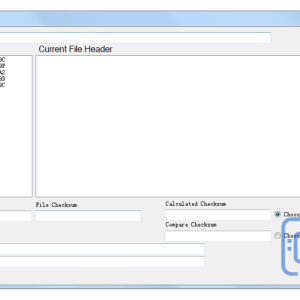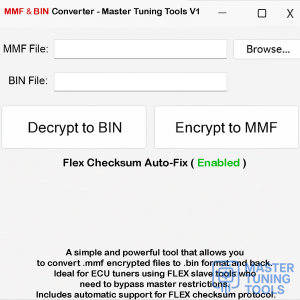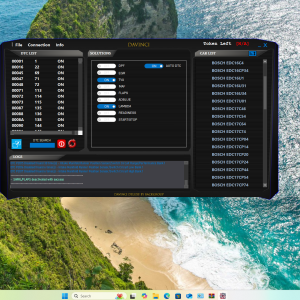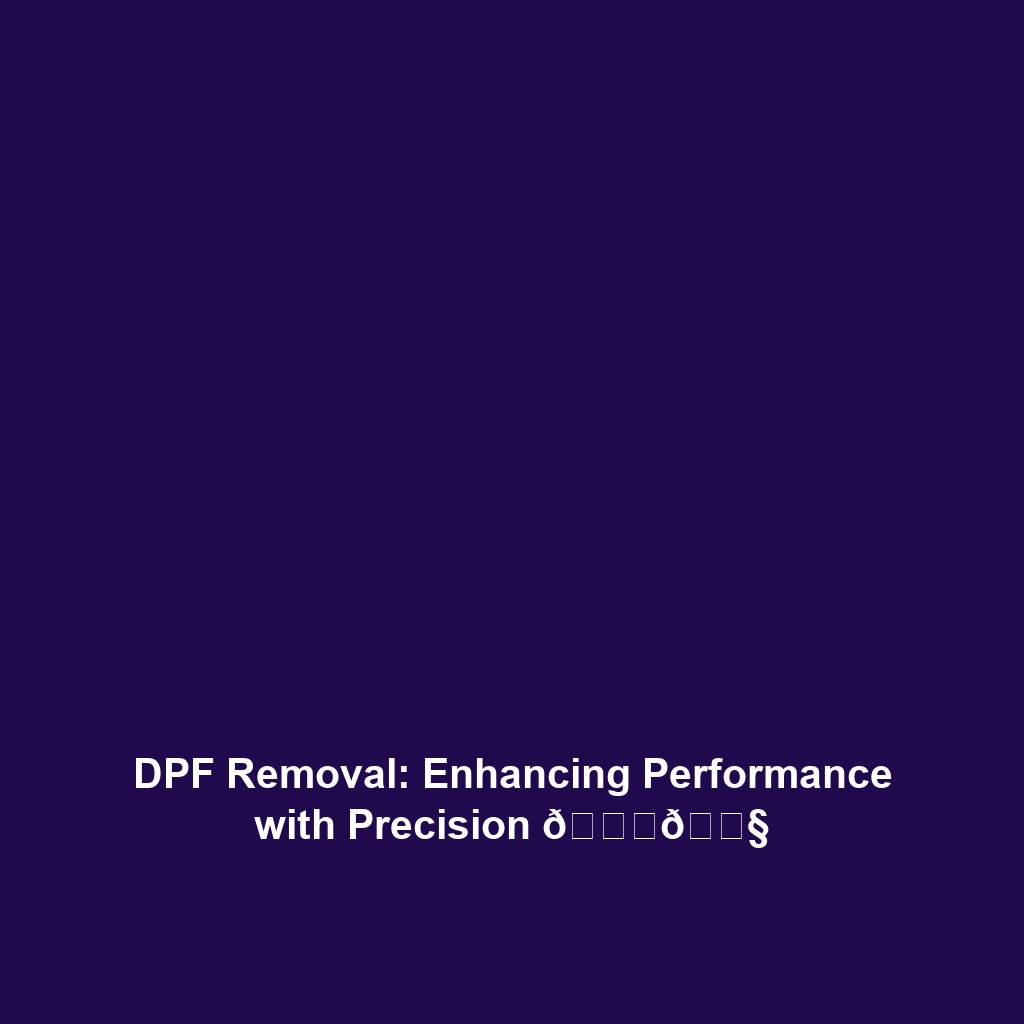
Understanding DPF and Its Functionality
The Diesel Particulate Filter (DPF) is a crucial component in modern diesel engines, designed to trap and reduce harmful emissions. It captures soot and particulate matter, preventing them from entering the atmosphere. However, over time, DPFs can become clogged, leading to reduced engine performance and increased fuel consumption.
Why Consider DPF Removal? 🚀
Mechanics and tuners often consider DPF removal for several reasons:
- ➡️ Improved Engine Performance: Removing the DPF can enhance exhaust flow, leading to better throttle response and increased power.
- ➡️ Fuel Efficiency: Without the restriction of a DPF, engines can achieve better fuel economy.
- ➡️ Reduced Maintenance Costs: Eliminating the DPF can prevent costly repairs related to clogging and regeneration cycles.
Legal and Environmental Considerations ❌
It is essential to note that DPF removal may not comply with local emissions regulations:
- ✅ Check Local Laws: Ensure that DPF removal is legal in your region.
- ❌ Potential Fines: Non-compliance can lead to significant fines and penalties.
Technical Process of DPF Removal 🔧
When removing a DPF, several steps must be followed to ensure the vehicle operates correctly:
- ➡️ ECU Remapping: Post-removal, the ECU must be remapped to disable DPF-related functions. This prevents warning lights and ensures optimal performance.
- ➡️ Exhaust System Modification: A straight pipe or a DPF delete pipe is often installed to replace the DPF.
- ➡️ Testing: After modifications, the vehicle should be tested for performance and emissions compliance.
Tools Required for DPF Removal 🛠️
To perform a DPF removal, mechanics will need specific tools and software:
- ➡️ Diagnostic Tools: Essential for reading and clearing fault codes.
- ➡️ ECU Tuning Software: Necessary for remapping the vehicle’s ECU post-removal.
- ➡️ Exhaust System Tools: For physical removal and installation of new components.
Real-World Example: DPF Removal on a VW TDI
Consider a Volkswagen TDI owner experiencing frequent DPF regeneration cycles and reduced power:
- ➡️ Diagnosis: The mechanic checks for DPF clogging and finds it at 90% capacity.
- ➡️ Decision: The owner opts for DPF removal to enhance performance.
- ➡️ Execution: The mechanic performs the DPF removal, remaps the ECU, and installs a straight pipe.
- ➡️ Outcome: The vehicle shows a noticeable increase in power and fuel efficiency, along with the elimination of DPF-related issues.
Conclusion ✅
DPF removal can offer significant performance benefits for diesel vehicles, but it comes with legal and environmental responsibilities. Always ensure compliance with local regulations and consider the implications before proceeding.

